38 nutrient content claims on food labels
Understanding Food Labels | The Nutrition Source | Harvard T.H. Chan ... Under the Food Allergen Labeling and Consumer Protection Act of 2004, eight major food allergens—milk, fish, tree nuts, peanuts, shellfish, wheat, eggs, and soybeans—are required to be listed in a "contains" statement near the Ingredients list if present in a food. An example would be "contains wheat, milk, and soy." Nutrient Content Claims | FDA - U.S. Food and Drug Administration Nutrient Content Claims. See Claims That Can Be Made for Conventional Foods and Dietary Supplements for definitions of claims. Final Rule: Food Labeling: Nutrient Content Claims; Alpha-Linolenic ...
5 Understanding Food Labels and Health Claims - Maricopa This label is called a Nutrition Facts panel, which gives information on the number of servings per container, the number of calories per serving, and certain nutrients. Specifically, it lists the macronutrients and four of the most important micronutrients people need to pay special attention to, such as Vitamin D, Calcium, Iron, and potassium.

Nutrient content claims on food labels
Regulating health claims on food labels using nutrient profiling: what ... Nutrition composition and ingredients were collected from the packaging, enabling nutrient profiling. The proportion of products in each category carrying claims and the proportion of these that did not meet the nutrient profiling criteria were calculated. Results: Of those carrying health claims, 31 % did not meet the nutrient profiling criteria. Making a nutrient content claim on food labels - Food labels - Canadian ... Claims made on labels of small packages Claims made on foods prohibited from showing a nutrition facts table In some cases, nutrient content claims are found on foods that hold exemptions or prohibitions from showing a Nutrition Facts table. Making a claim on these products triggers certain labelling requirements: Nutrient Content Claims on a Food Label - LabelCalc The food product nutrition content must meet the strict guidelines and parameters set forth by the FDA in order to accurately make these nutrient content claims on a food label. For a more in-depth look at nutrient content claims, download this PDF. A Quick Reference Summary of Parameters
Nutrient content claims on food labels. Nutrient Content - an overview | ScienceDirect Topics D. McCrea, in Encyclopedia of Food Safety, 2014 Nutrient Content. A nutrient content claim is a nutrition claim that describes the level of a nutrient contained in a food, such as, 'source of calcium' and 'low in fat.' Reference levels at which a content claim can be used are specified in international and national legislations. For example, to make a claim of low fat, the table of ... CFR - Code of Federal Regulations Title 21 - Food and Drug ... Mar 29, 2022 · A claim about the calorie or sugar content of a food may only be made on the label or in the labeling of a food if: (1) The claim uses one of the terms defined in this section in accordance with the definition for that term; (2) The claim is made in accordance with the general requirements for nutrient content claims in § 101.13; 21 CFR § 101.13 - Nutrient content claims - general principles. (b) A claim that expressly or implicitly characterizes the level of a nutrient of the type required to be in nutrition labeling under § 101.9 or under § 101.36 (that is, a nutrient content claim) may not be made on the label or in labeling of foods unless the claim is made in accordance with this regulation and with the applicable regulations ... Food Labeling: Nutrient Content Claims; Alpha-Linolenic Acid ... the notification must contain specific information including: (1) the exact wording of the prospective nutrient content claim, (2) a concise description of the basis upon which the notifier relied for determining that the requirements for an authoritative statement in section 403 (r) (2) (g) (i) of the fd&c act have been satisfied, (3) a copy of …
eCFR :: 21 CFR 101.10 -- Nutrition labeling of restaurant foods whose ... § 101.10 Nutrition labeling of restaurant foods whose labels or labeling bear nutrient content claims or health claims. Nutrition labeling in accordance with § 101.9 shall be provided upon request for any restaurant food or meal for which a nutrient content claim (as defined in § 101.13 or in subpart D of this part) or a health claim (as defined in § 101.14 and permitted by a regulation in ... Nutrition content claims and health claims - Food Standards Nutrition content claims are about the content of certain nutrients or substances in a food, such as 'low in fat ' or 'good source of calcium'. These claims need to meet certain criteria. For example, food with a 'good source of calcium' claim needs to contain at least the amount of calcium specified in the Standard. Health claims Nutrient Claims on Food Labels - Clemson University Sodium content cannot exceed 360 mg per serving for individual foods and 480 mg per serving for meal-type products. If a food is labeled "healthy" or makes a health claim, it cannot contain any nutrient that increases the risk for disease. It must contain no more than 20% of the DV per serving of total fat, saturated fat, cholesterol, or sodium. PDF Food Labeling Guide regulations, e.g., thiamin) must be included in a food's Nutrition Facts label if the nutrients are added as a nutrient supplement to the food, if the label makes a nutrition claim (such as a NCC) about them, or if advertising or product literature provides information connecting the nutrients to the food. 21 CFR 101.9(a), 21 CFR 101.9(c), 21 CFR
Structure/Function Claims | FDA - U.S. Food and Drug ... Mar 07, 2022 · Final Rule: Food Labeling: Nutrient Content Claims, Health Claims, and Statements of Nutritional Support for Dietary Supplements (62 Fed. Reg. 49859 at 49863-49866) Conventional Foods Nutrient Claims on Food Labels - Truly Good Foods Nutrient Claims on Food Labels July 19, 2018 Nutrient claims describe the content of a food, including the amount of nutrients, calories, cholesterol or fiber, but not in exact amounts. Usually on the front of the food label, the nutrient claim provides a quick comparison between similar products. Nutrient content claims: what they mean - Canada.ca Table of nutrient-content claims and what they mean. The food provides an amount of a nutrient that is so small it likely won't have any effect on your body. The food is processed/modified so that it contains at least 25% less of the nutrient when compared with a similar product. Contains no added fats or oils or added butter or ghee, or ... eCFR :: 21 CFR 101.54 -- Nutrient content claims for "good source ... ( 1) if a nutrient content claim is made with respect to the level of dietary fiber, that is, that the product is high in fiber, a good source of fiber, or that the food contains "more" fiber, and the food is not "low" in total fat as defined in § 101.62 (b) (2) or, in the case of a meal product, as defined in § 101.13 (l), or main dish product, …
Nutrient Claims on Food Labels - Food Smart Colorado Nutrient content claims describe a food and the level of a particular nutrient in that food. "Low fat" and "High fiber" are both examples of nutrient content claims. These types of claims usually appear on the front of a package and are regulated by the Food and Drug Administration (FDA).
Understanding Food Labels - Nutrition: Science and Everyday Application ... The value printed on the Nutrition Facts panel is the percent DV, which tells you how much one serving of the food contributes towards meeting the daily requirement for that nutrient. The FDA uses the following definitions for interpreting the %DV on food labels:4. 5%DV or less means the food is low in a nutrient.
Nutrient content claims - Canadian Food Inspection Agency Advertisements making vitamin and mineral nutrient content claims; Decision trees for nutrient content claim advertising requirements; Reference information. Foods to which vitamins, mineral nutrients and amino acids may or must be added; Nutrient content claim examples; Additional Information. Criteria for the nutrient content claim no added ...
Status of Nutrition Labeling, Health Claims, and Nutrient Content ... Status of Nutrition Labeling, Health Claims, and Nutrient Content Claims for Processed Foods: 1997 Food Label and Package Survey - PubMed The Food and Drug Administration (FDA) conducts studies of food labels as part of its ongoing monitoring of the nutritional status of the US population.
Nutrient Content Claim vs Health Claim - LabelCalc Nutrient content claims, which are commonly used on food labels, either refer to the amount of a nutrient in a product or compare the levels of a nutrient in that food to a similar reference food. When referring to the amount of a nutrient in a product, words such as "low," "free," and "high" are often used.
Nutrition, health and related claims - Food Standards Standard 1.2.7 - Nutrition, health and related claims in the Food Standards Code (the Code) set out requirements for making nutrition content and health claims about food. Find out more about the Standard and the different types of claims. The Implementation Subcommittee for Food Regulation (ISFR) has guidance on how to comply with Standard 1 ...
Label Claims for Conventional Foods and Dietary Supplements Mar 07, 2022 · Among the claims that can be used on food and dietary supplement labels are three categories of claims that are defined by statute and/or FDA regulations: health claims, nutrient content claims ...
Nutritionist Pro™ | Nutrition Food Labels Create nutrition labels for packages easily and quickly. Edit and create recipes. Select from many label designs. Pick Bilingual or single language labels. Sub ingredient list for foods. Built in Rounding Rules and Daily Value % calculations. Nutrient content claims like Sugar Free, Fat Free, etc. Label design from many regions.
The Effects of Nutrition Knowledge on Food Label Use: A Review of the ... One goal of nutrient content claims is to communicate the value or relative amount of a specific nutrient within a food product (e.g., good source of fiber, fat free, low calorie). ... Petrovici D, Fearne A, Nayga RM, Drolias D. Nutritional knowledge, nutritional labels, and health claims on food a study of supermarket shoppers in the south ...
Nutrition and Health Claims in Food Labelling | Eufic This is the first piece of specific legislation to deal with nutrition and health claims. Its aims are: To ensure a high level of consumer protection by guarding against unsubstantiated, exaggerated or untruthful claims about foodstuffs. With the new legislation, consumers can rely on clear and accurate information on food labels, enabling them ...
Food Packaging Claims | American Heart Association "Nutrient content claims" are used for two purposes: To describe the level of a nutrient in the product using terms such as free, high, and low or To compare the level of a nutrient in a food to another food using terms such as more, reduced, and lite.
How to Read Food Labels: Your Complete Consumer Guide There is not yet a specific requirement for this claim. It is often used for foods with less than 5-10% of calories from carbohydrates. This typically means the product is mostly fat — and in processed foods, it is often highly processed fat. It may also be high in chemicals, flavorings, and preservatives.
Nutrient Content Claims on a Food Label - LabelCalc The food product nutrition content must meet the strict guidelines and parameters set forth by the FDA in order to accurately make these nutrient content claims on a food label. For a more in-depth look at nutrient content claims, download this PDF. A Quick Reference Summary of Parameters
Making a nutrient content claim on food labels - Food labels - Canadian ... Claims made on labels of small packages Claims made on foods prohibited from showing a nutrition facts table In some cases, nutrient content claims are found on foods that hold exemptions or prohibitions from showing a Nutrition Facts table. Making a claim on these products triggers certain labelling requirements:
Regulating health claims on food labels using nutrient profiling: what ... Nutrition composition and ingredients were collected from the packaging, enabling nutrient profiling. The proportion of products in each category carrying claims and the proportion of these that did not meet the nutrient profiling criteria were calculated. Results: Of those carrying health claims, 31 % did not meet the nutrient profiling criteria.

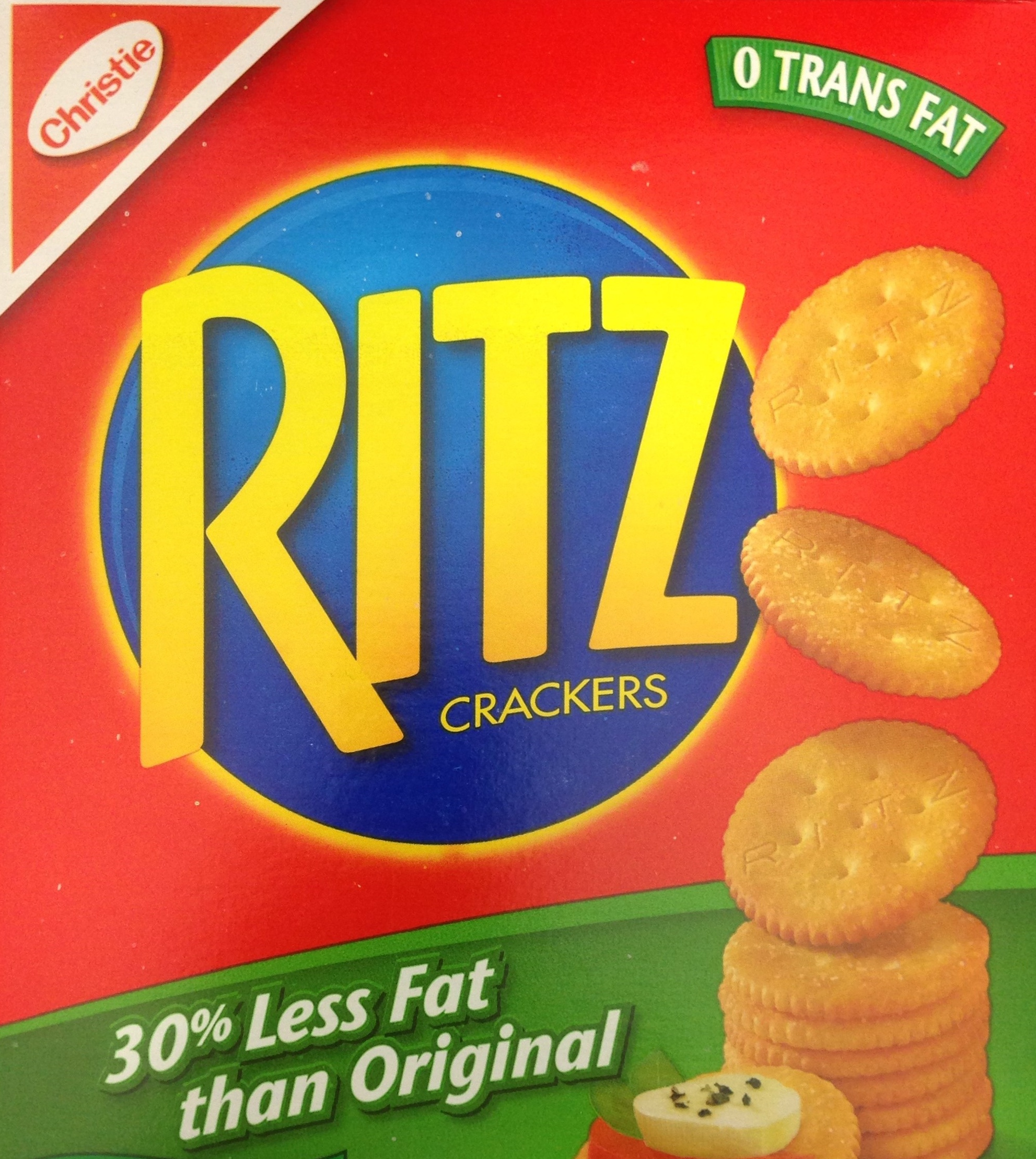


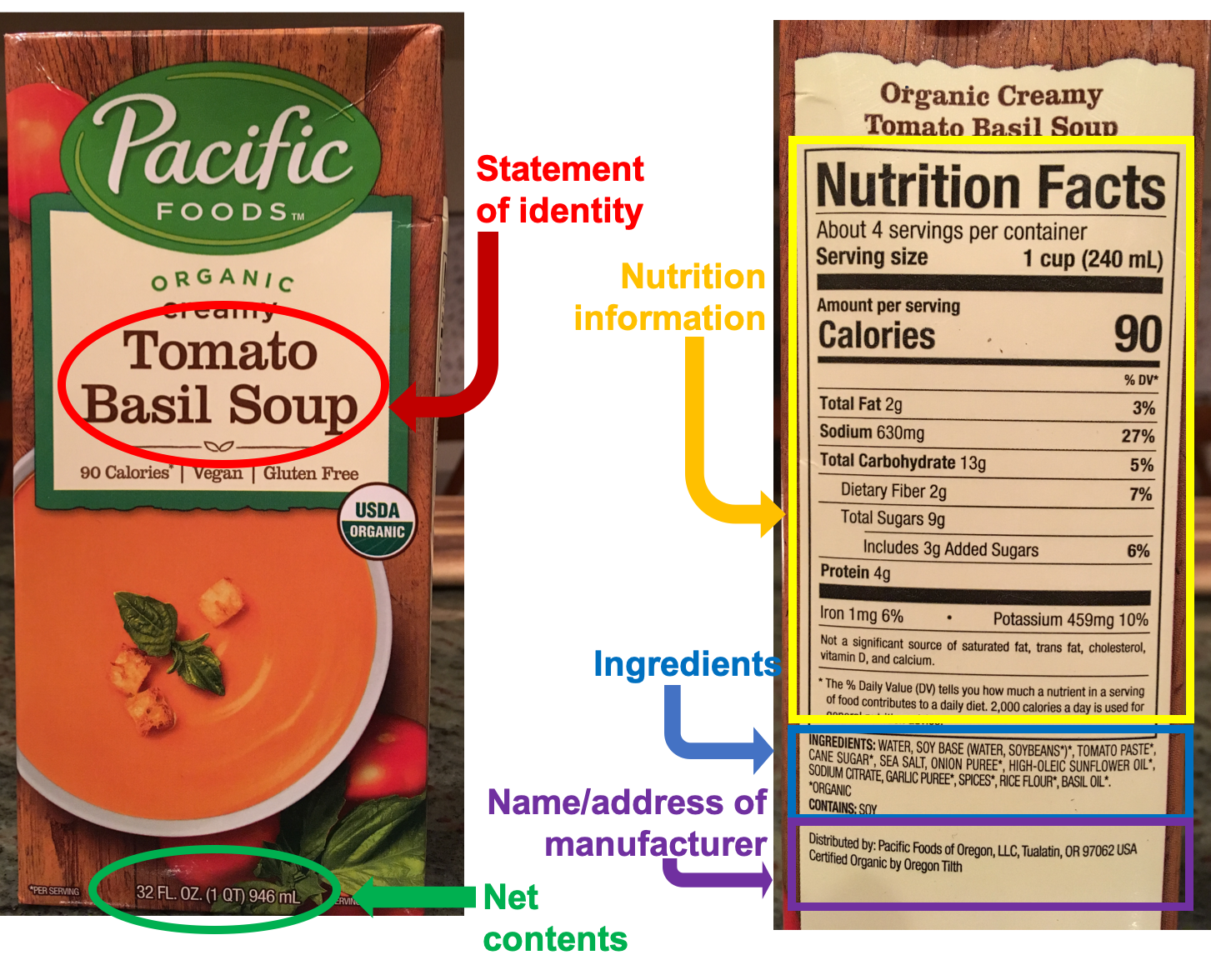

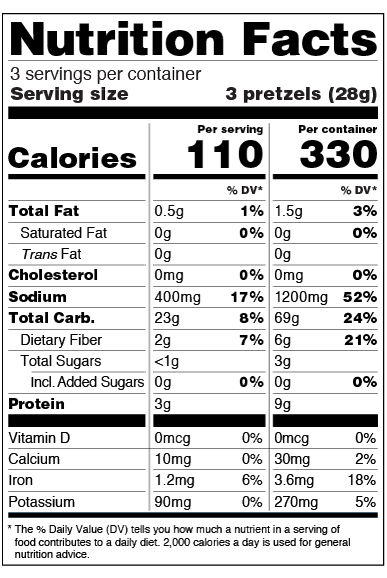
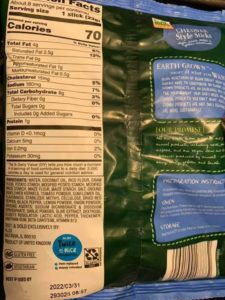
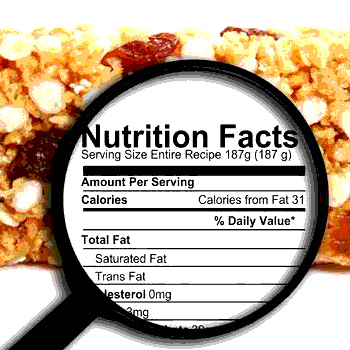


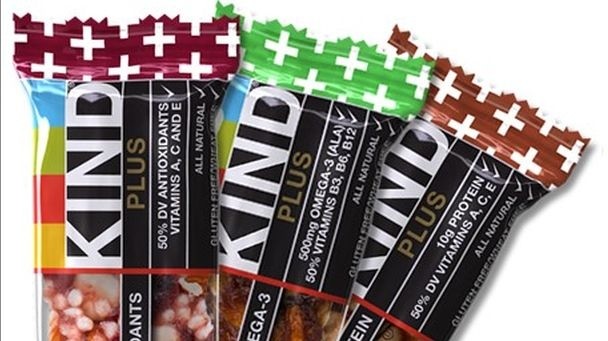

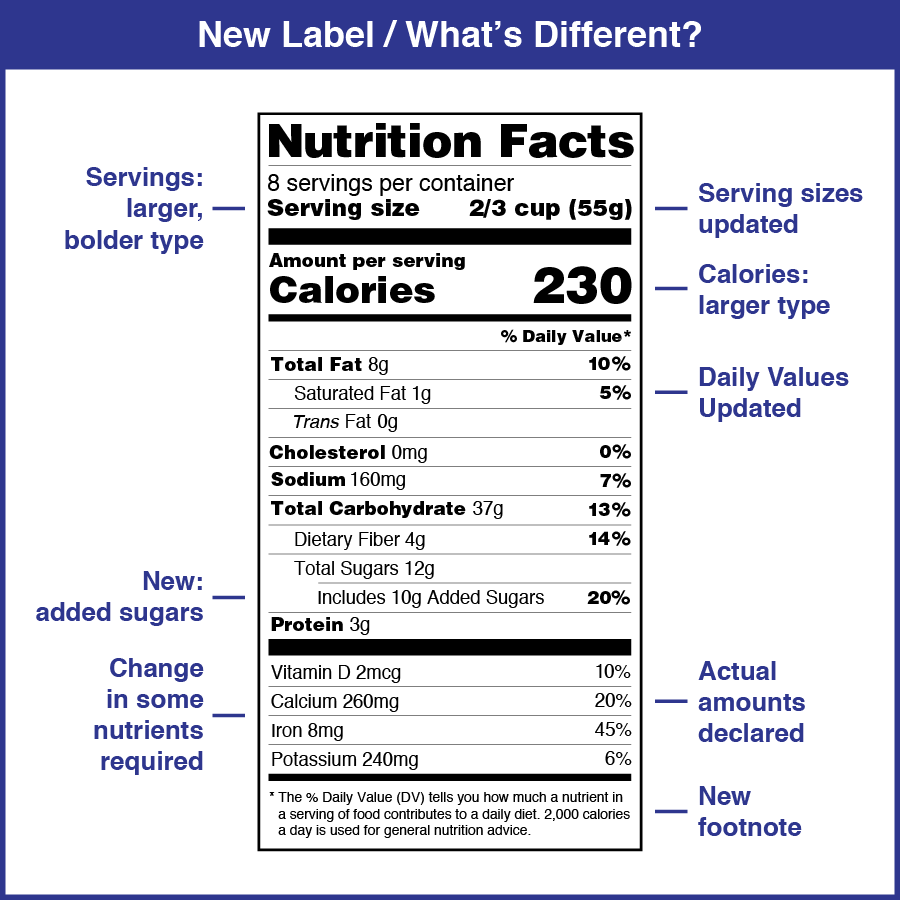
:no_upscale()/cdn.vox-cdn.com/uploads/chorus_asset/file/3648106/quaker-oats-heartlabel.0.jpg)
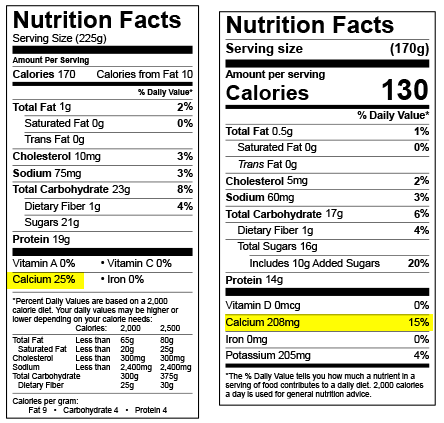


:no_upscale()/cdn.vox-cdn.com/uploads/chorus_asset/file/3652086/heart-check-label-crop.0.jpg)
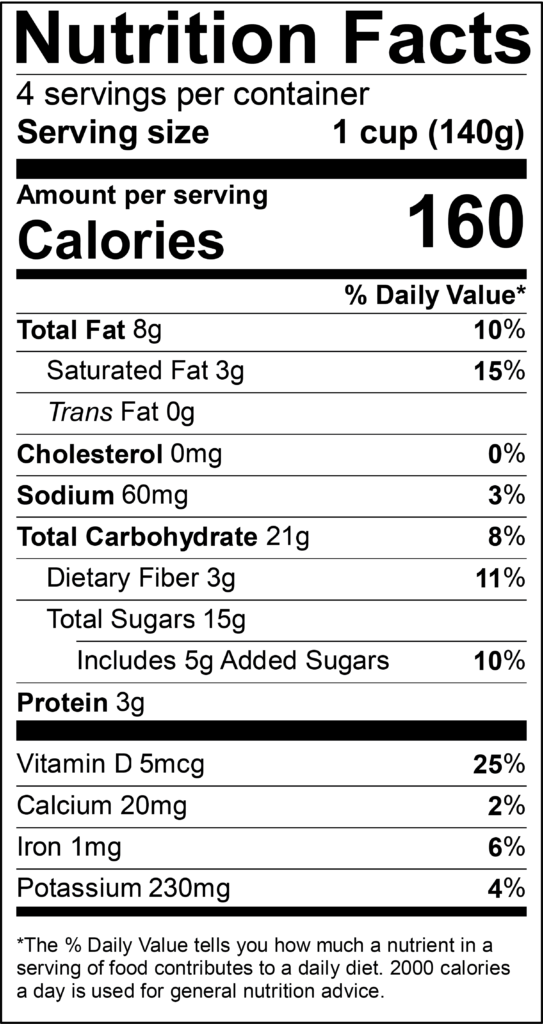
:no_upscale()/cdn.vox-cdn.com/uploads/chorus_asset/file/3652082/healthy-choice.0.png)

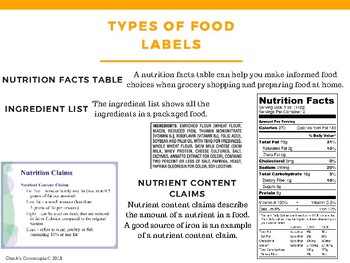
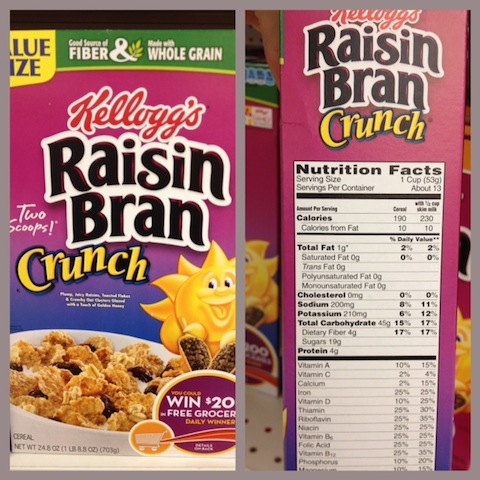




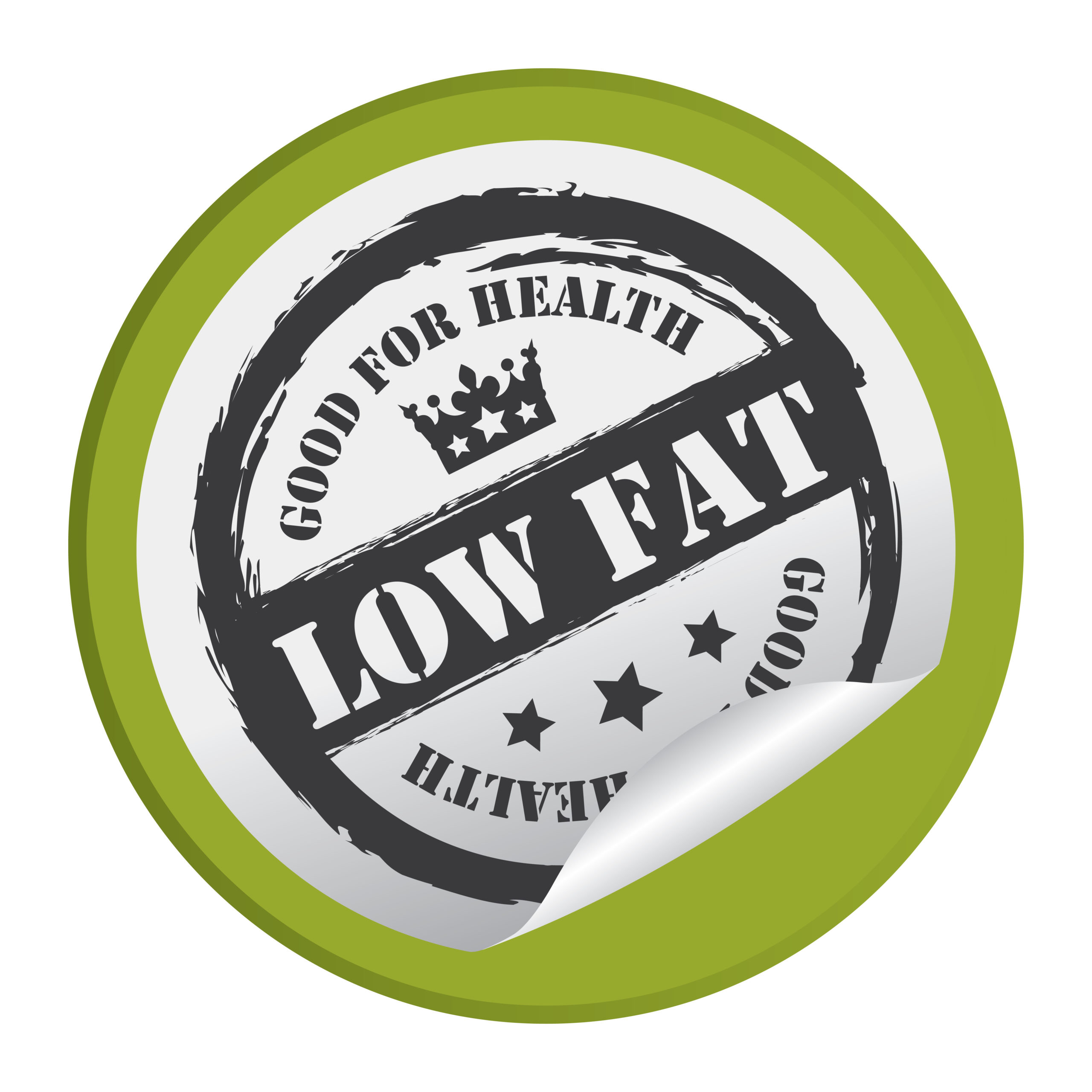

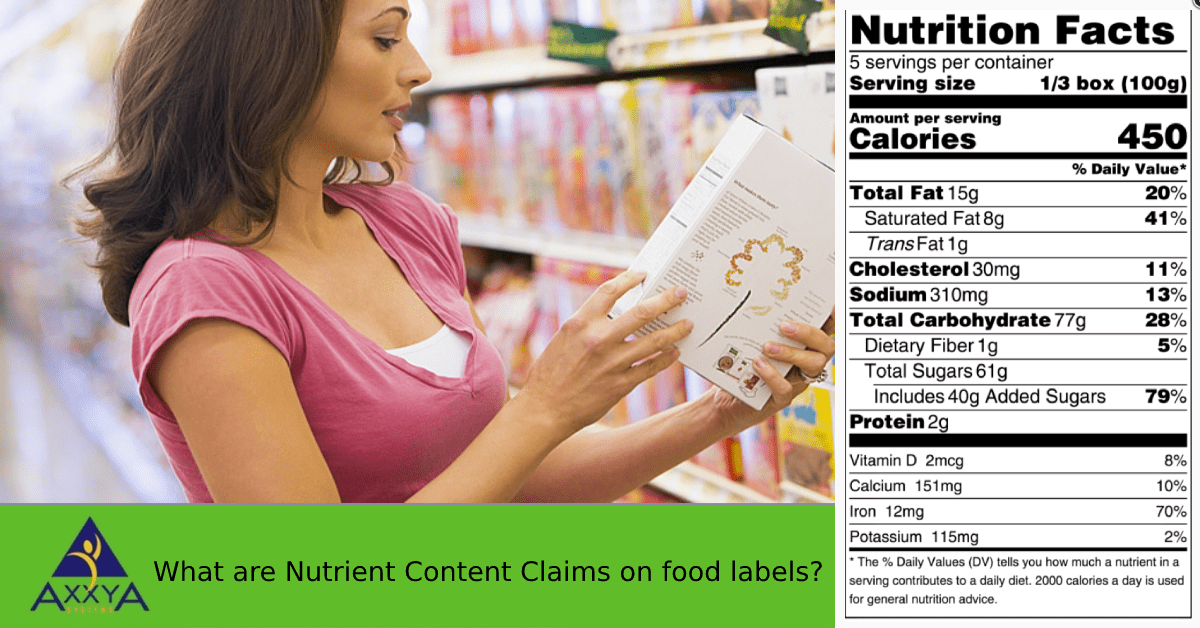
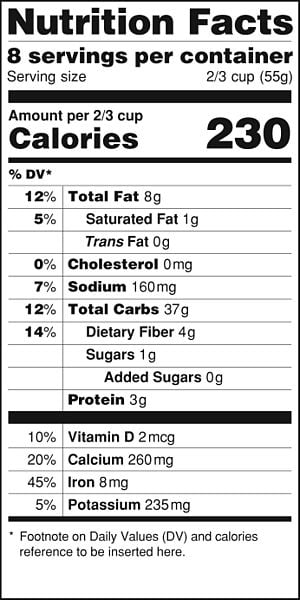
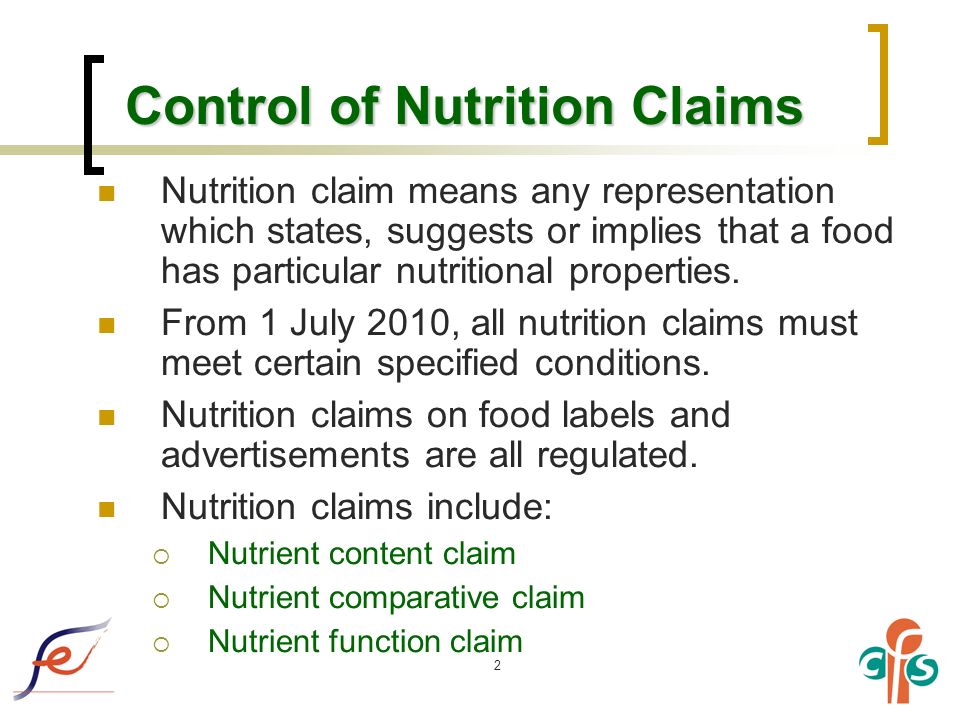

Post a Comment for "38 nutrient content claims on food labels"